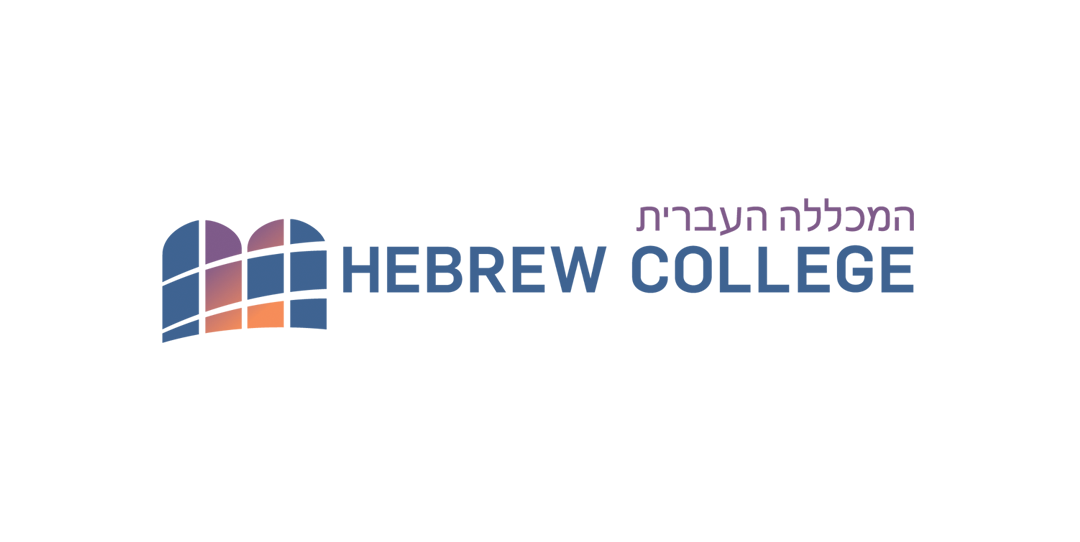Leviticus Reembracing Sacred Time

 Parshat Emor (Leviticus 21-24)
Parshat Emor (Leviticus 21-24)
Back in the late 1900s, when telephones were still commonly fixed to kitchen walls and telephone books were found in nearby cabinets, there was a memorable commercial on TV. I would see it when I watched a program at a set time every week. The ad was for the Yellow Pages, the business section of the phone book. “If it’s out there, it’s in here!” If you needed to find something out in the world, you could locate the source in the phonebook.
That’s pretty much how I feel about Torah (meaning both the Five Books of Moses and the rich interpretative traditions that flow from it). If it’s out there, it’s in here! This week’s portion, Emor, provides an important case in point in its discussion of the Jewish calendar cycle and the underlying need for these observances.
We live in a globalized world that moves too fast and calls us to respond to a variety of needs at breakneck speed at all hours of the day and night. The flow of digital information is constant, even torrential, offering us an overwhelming number of opportunities, choices, and distractions. And houses still can’t clean themselves, children require attention and care, and we need downtime. Personally, I feel like I am often moving faster than ever and feeling even further behind.
As advertised, the Torah offers us ancient wisdom (not simple or ready-made answers) about how to navigate the challenges of time in our time and place. Parashat Emor (Leviticus chapters 21-24) invites us to reflect on the notion of sacred time through the introduction of the Jewish calendar year, including Shabbat, Pesach, Shavuot, Rosh Hashanah, Yom Kippur, Sukkot, and Shmini Atzeret.
Each of these holy days is designed to help cultivate an active and thoughtful relationship between the human being and God, among people, and between humankind and the rest of the natural world. The importance of setting aside time for reflection, nourishment, and reconnection is so important that we learn about the rhythm of the holy days four separate times in the Torah: in Exodus 34 (Ki Tissa), Leviticus 23 (Emor), Numbers 28 (Pinhas), and Deuteronomy 16 (Re’eh). Each time the Torah offers a different perspective on the subject.
As the great theologian and social activist, Abraham Joshua Heschel, wrote several generations ago, “Judaism teaches us to be attached to holiness in time, to attached to sacred events, to learn how to consecrate sanctuaries that emerge from the magnificent stream of year” (The Sabbath, p. 8).
Of course, one of the challenges of translating the ancient wisdom of the Torah is how to apply it to contemporary life in specific and concrete ways. For example, while Rabbi Heschel rightly points to the centrality of the “architecture” of sacred time in our tradition, for generations it was also tied to a complicated set of temple-centered rituals, including sacrificial offerings. In other words, the observance of sacred time took place within specific sacred spaces. In fact, our Torah portion includes detailed discussions of the purity requirements of the priests working in the Tabernacle (see chapter 21) and what animals were appropriate for different types of sacrifices (see chapter 22). Part of the genius of Rabbinic Judaism was the creative ways in which our sages built upon the traditions of the Hebrew Bible, crafting new ways to experience the sacred after the loss of the Temple, the end of the priestly cult, and the exile of the Jewish people to foreign lands.
One of my favorite examples of this ingenuity is the following teaching: “At the time when the Temple stood, the altar used to make atonement for a person; now a person’s table makes atonement for them” (Babylonian Talmud, Chagigah 27a). We learn from this snippet that that regardless of where we are—Babylonia, Spain, Poland, or the United States—we can experience kedushah (holiness). But, this requires setting aside (another meaning of kedushah) time and creating alters in our homes at which we can celebrate the gifts of life and nourish our bodies and spirits.
And so, all of these centuries later we still have a framework in which to think deeply about the balance of work and rest, of doing and being, intentionally marking the passage of time through the annual calendar cycle that emerged from the Torah long ago.
Breathe expansively. Love deeply. Eat consciously. Bless; bless again.
Rabbi Suzanne Offit is lead chaplain for the Palliative Care Team and post-acute services at Hebrew SeniorLife’s Hebrew Rehabilitation Center in Boston, MA. A Board Certified Chaplain (BCC) specializing in geriatric care as well as palliative care for patients and families, Rabbi Offit, is a 2009 graduate of the Rabbinical School of Hebrew College in Newton Centre, MA.
Interested in a possible career in the rabbinate? Read Rabbi Dan Judson’s article “Jewish Lessons on Meaningful Work.“ Rabbi Judson teaches history, oversees the professional development program, and serves as the placement director for the Hebrew College Rabbinical School. He has a PhD in Jewish history from Brandeis University.

